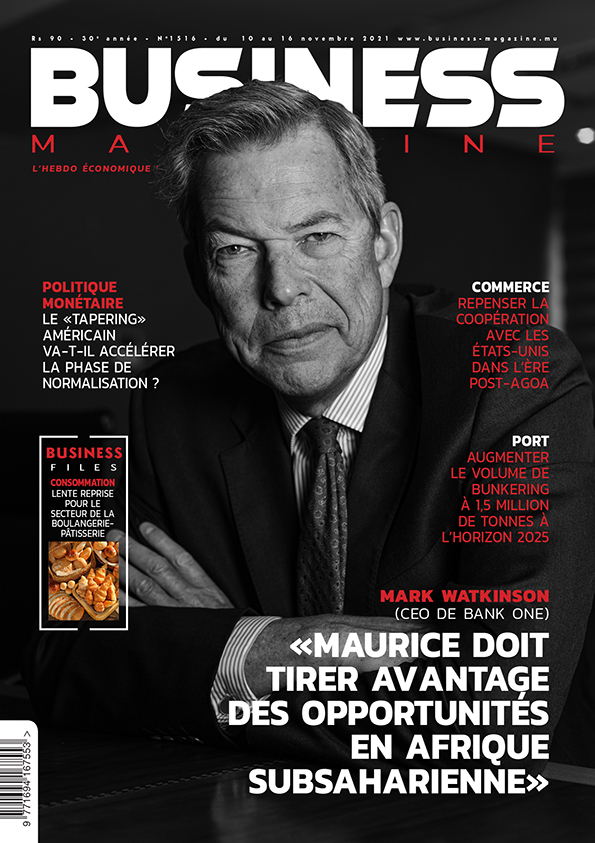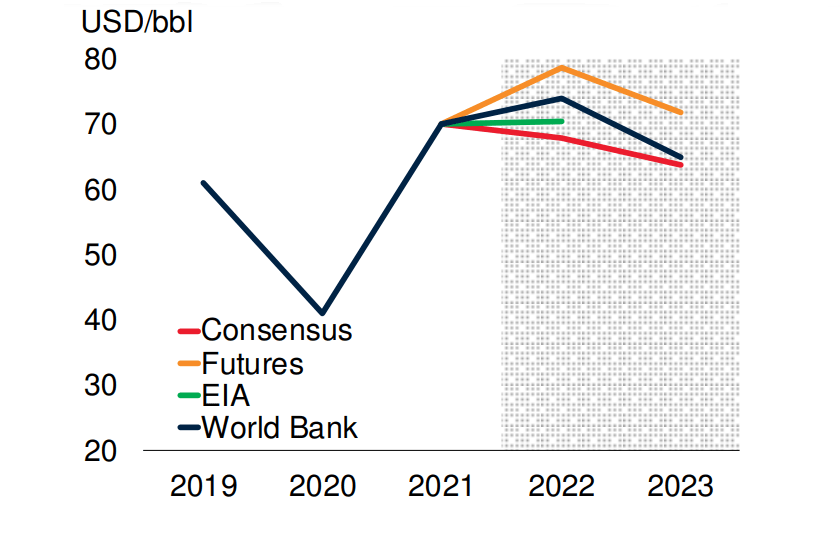The emerging need for a better banking sector in time of crisis
Share

New rules of Basel III require banks to hold more capital had been in place and represents a discontinuity of the kind that strategist’s prize. Banks need to rethink their portfolio of businesses and the business model. A top down approach is desirable, understanding of how the new capital, liquidity, funding, and leverage requirements affect each segment and services. It will be important to understand the links, interdependencies, and trade-offs among business segments. The businesses will require a program to adjust their business models to REALITY. Some businesses may require only small adjustments, while others will be fundamentally affected. For e.g. capital markets and trading businesses may be curtailed due to new capital and funding requirements and We shall need to review the following.
Banks will consider redesigning affected products to ensure continuity to meet client needs while also optimizing the bank’s capital and liquidity. For exemple, banks might offer transaction accounts that include investment capabilities. Such accounts would receive the beneficial treatment of stable funding. It is critical to ensure that all short-term investment funds are held in accounts classified as stable. Banks will also have to ensure that they use riskadjusted pricing for all products to accurately account for their costs for risk, capital, and liquidity. For example:
- Banks can increase their focus on “capital light” products that continue to meet customer needs but have lower capital requirements.
- They could launch offers for product bundles that combine financing and deposits and special offers to attract more stable funding in the form of retail and small and SME deposits.
- ƒBanks can increase the proportion of short-maturity lending to reduce funding costs.
- Institutions could convert corporate lending into corporate bond issuance for large high-quality clients.
Client mix
Furthermore, banks are likely to systematically review their capital allocation to each client segment and ensure that capital is preferentially allocated to segments that generate higher returns adjusted for risk, capital, and funding costs. The attractiveness of client segments will be reviewed based on attributes such as required capital and funding. Banks could likely decide to scale back business with clients that do not add economic value i.e. those customers that account for a big share of the bank’s. Likewise, they will want to win more business from low-default customers and should develop targeted acquisition strategies to accomplish this. Finally, banks should consider ways to “re-intermediate” their investing clients and convert at least part of their clients’ investment portfolios into deposits.
Banks must strive to improve their ability to transfer risks, in three ways. First improve cooperation between the lending organization and product development, such that both teams are committed to increasing the volume of credits that can be securitized, sold, or syndicated and contract standardization is essential here. Incentive systems can help to raise such cooperation. Another way to transfer risk is to broaden the bank’s base of syndication and securitization partners. Banks should court government funds, insurance companies, and other investors to improve their ability to sell into secondary markets. The return of nongovernmental investors such as private equity firms and hedge funds may offer further opportunities for transferring risks. Syndication, club deals, and private placements have all proved resilient through the crisis. Thirdly banks must develop their investment banking capabilities for these outlets, to better steer asset volumes and exposures.
Topographical mix
International banks must find the best geographical distribution of their business to minimize capital and funding requirements. Past experience shows that demand for banking services often rises in less regulated markets. With the introduction of the Sarbanes-Oxley Act, e.g. some banks decided to move some activities elsewhere, notably London and Singapore. Another way to get the topography right is to optimize the bank’s legal structure, perhaps by merging some legal entities and creating others, and then providing incentives to clients to shift to the entity that allows the bank to minimize its capital and liquidity reserves.
Finally, banks should assess the future profitability of their existing businesses based on the likely impact of the new regulatory requirements and the mitigation potentials. Banks may want to explore opportunities to amend prices and reduce costs to continue operating profitably and If not prove sufficient, they may wish to consider exit strategies, even if that implies a significant reduction of their total volume of activity.
Basel III is more than just another set of checks and balances for financial institutions in a post-crisis world. It represents the core component of a sweeping wave of regulation that will fundamentally affect the profit-generation capacity of the banking industry. Banks should move now to comply with requirements, restore their profit-generation capacity, and potentially revisit the way they do business in the future.

















